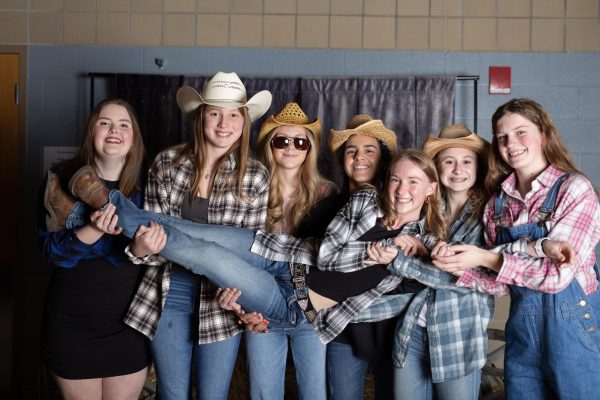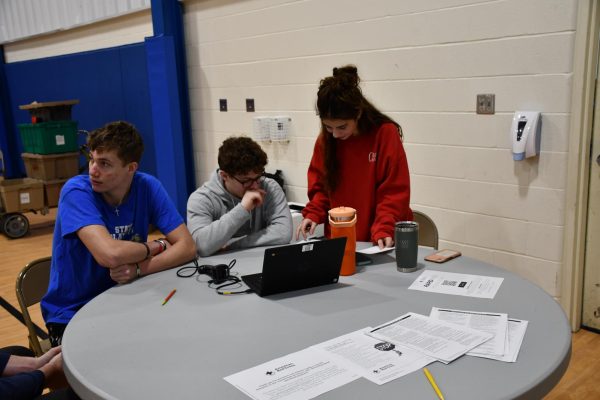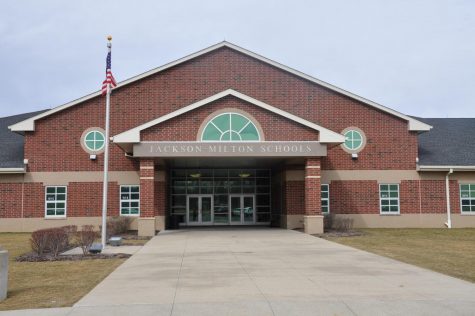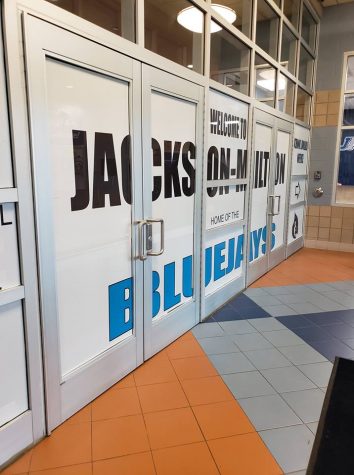A Student Guide to Understanding Primaries and Caucuses
April 18, 2016
Now that the 2016 presidential election is underway, it’s probably a good idea for you to understand how we choose the candidate for the nomination of both parties.
First, both Democratic and Republican parties have Primaries and Caucuses. A Caucus is when only members of their political parties can vote, where a Primary depends upon the state. Some states allow only registered party members to vote; some allow party registrations on the same day; some are completely open to all residents of the state.
Also Caucuses are more of a meeting where you raise your hand to vote. Whereas, during Primaries you vote on ballots and in secret booths. Lastly, caucuses only take place in a couple of states such as Alaska, Colorado, Hawaii, Kansas, Maine, Minnesota, Nevada, North Dakota, Wyoming and Iowa. Whereas, the Primaries include everyone else.
March 1, 2016 was an important date; it showed “who’s who” in the presidential race. Super Tuesday is a day on which several US states hold primary elections. Donald Trump ran away with a victory as he won 7 states, as well as Hillary Clinton. Bernie Sanders, a Democrat, won 4.
This concludes Primaries and Caucuses 101 for students. We will keep you posted throughout the election process.












